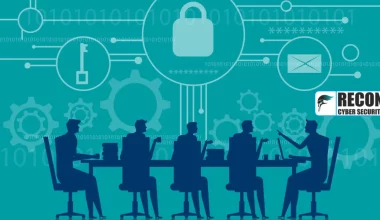Ransomware attacks have become a major threat to businesses and individuals alike. These attacks involve malware that encrypts the victim’s files, making them inaccessible until a ransom is paid. The increasing frequency and sophistication of these attacks have made them a major concern for organizations of all sizes. In this blog post, we will discuss the growing threat of ransomware attacks and the steps that can be taken to protect against them.
The first step in protecting against ransomware attacks is to understand how they work. Ransomware is typically delivered through phishing emails or infected software downloads. Once the malware has been installed, it begins to encrypt files on the victim’s computer. The attackers then demand a ransom, typically in the form of cryptocurrency, in exchange for the decryption key.
One of the reasons that ransomware attacks have become so prevalent is that they can be highly profitable for attackers. According to a report by Cybersecurity Ventures, ransomware attacks are expected to generate $11.5 billion in revenue for attackers by 2021. This has led to a proliferation of ransomware-as-a-service (RaaS) offerings, which make it easy for even unskilled attackers to launch these types of attacks.
To protect against ransomware attacks, organizations need to adopt a multi-layered approach that includes both technical and non-technical measures. One of the most important technical measures is the use of endpoint protection software. This software can detect and block ransomware at the endpoint, preventing it from encrypting files. Additionally, organizations should ensure that their networks are properly segmented and that access controls are in place to limit the spread of malware.
Another important measure is to maintain regular backups of important files. This can help organizations quickly restore their files in the event of a ransomware attack. It’s important to make sure that the backups are stored in a secure location and are regularly tested to ensure that they can be quickly restored in case of an incident.
Another important step to protect against ransomware is to educate employees about how to identify and avoid phishing emails. This can be done through regular training sessions and by providing employees with clear guidelines on how to identify and report suspicious emails.
The use of multi-factor authentication (MFA) can also be an effective way to protect against ransomware attacks. MFA requires users to provide more than one piece of evidence, such as a password and a fingerprint, to gain access to an account. This makes it much more difficult for attackers to gain access to accounts and steal sensitive information.
Finally, it’s important to have an incident response plan in place in case a ransomware attack does occur. This should include steps for isolating infected systems, restoring backups, and communicating with employees and customers.
In conclusion, the threat of ransomware attacks is growing and it’s important for organizations to take steps to protect themselves. By adopting a multi-layered approach that includes endpoint protection software, regular backups, employee education, multi-factor authentication, and an incident response plan, organizations can reduce their risk of falling victim to a ransomware attack.
Found this article interesting? You can follow us on Instagram or LinkedIn to stay up-to-date with the exclusive content we post.






2 comments
Wow, superb blog structure! How long have you ever been running a blog
for? you made blogging look easy. The whole glance of your web site is wonderful, let alone the content material!
You can see similar here e-commerce
Wow, superb weblog structure! How lengthy have
you been blogging for? you make running a blog look easy.
The entire glance of your site is excellent, as neatly as the content material!
You can see similar here sklep online